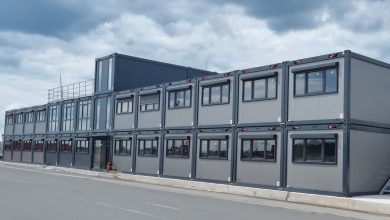New Energy Performance in Buildings Directive comes into force on 9 July 2018
The revised Energy Performance of Buildings Directive (EU) 2018/844 has been published in the EU Official Journal (L156) and will enter into force as of 9 July 2018. EU countries will have to transpose the new elements of the Directive into national law within 20 months. The new Directive has huge potential for efficiency gains in the EU building sector, the largest single energy consumer in Europe. It includes measures that will accelerate the rate of building renovation towards more energy efficient systems and strengthen the energy performance of new buildings, making them smarter.
This is the first of the 8 legislative acts in the Clean Energy for All Europeans package to be adopted. The publication follows formal approval by the European Parliament on 17 April and by the Council of Ministers of the EU on 14 May.
The directive improves energy efficiency in buildings and encourages building renovation. Decarbonising the existing, highly inefficient European building stock is one of its long-term goals. It promotes cost-effective renovation work, introduces a smartness indicator for buildings, simplifies the inspections of heating and air conditioning systems and promotes electro-mobility by setting up a framework for parking spaces for electric vehicles.
The review of the energy performance of buildings directive amends Directive 2010/31/EU and complements measures under the energy efficiency directive as well as EU legislation on energy efficiency of products. It is part of the Clean Energy package presented by the Commission on 30 November 2016.
The Council agreed on a negotiating position on the directive in June 2017. Negotiations between the Estonian Presidency and the European Parliament led to a provisional agreement on 19 December 2017 which was confirmed by the EU ambassadors on 31 January 2018.



